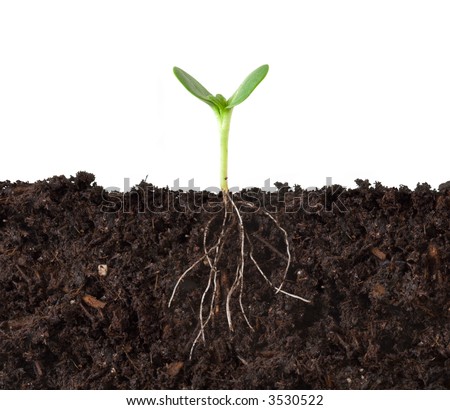This was originally posted on the Farmers Almanac site. I loved it, and wanted to repost it.
Grow a Garden for Good Health
by Jaime McLeod | Monday, April 11th, 2011

Gardening has exploded in popularity in recent years. As food prices rise and paychecks go down, more people are growing vegetable gardens than ever before. In fact, between 2007 and 2009, the number of gardeners in the United States increased by 40%, and seed sales spiked by 25%!
Whether driven by the economy, concern for the environment, a desire to teach kids where their food comes from, or just for its value as a relaxing hobby, people are lining up at their local garden centers in droves for a chance to get their hands dirty in their own backyards (or, for urban dwellers, in one of the growing numbers of community garden plots now available in many major cities).
In addition to being an inexpensive source of fresh, local produce, and an enjoyable pastime, gardening also provides many important health benefits. Here’s a look at just a few of the way raising a garden can keep you healthy.
Exercise
Though it may not look a lot like going to the gym, gardening is actually great exercise. Planting, digging, watering, weeding, mulching, and harvesting are all very physical activities. All of the lifting, crouching, and pushing can build strength, improve muscle tone, increase flexibility, burn calories, and raise your metabolism heart rate. Do that enough – doctors recommend at least half an hour of moderate exercise per day – and you can even give up that expensive gym membership.
Stress Relief
Most hobbies are relaxing (unless, of course, your hobby is skydiving). We do them because they help us forget the stresses of everyday life and make us feel good. The good news is that feeling good may not be as frivolous as you may think. Chronic stress can contribute to a whole host of health problems, including depression, diabetes, heart disease, hyperthyroidism, anxiety disorders, ulcers, cancer, and even gum disease. In fact, as many as 90% of doctor’s visits are for symptoms that may have been prevented with lower stress levels. Regularly engaging in activities that you enjoy lowers stress, which can help your body to function better. Gardening can help to lower blood pressure, decrease triglycerides and “bad” LDL cholesterol levels, improve chronic health conditions, and generally make you feel better.
Nutrition
Of course, nobody would bother to garden if it weren’t for the ultimate benefit: all of that fresh, delicious, homegrown produce. Growing a garden can inspire the whole family to eat healthier. After all, what could be more exciting than sinking your teeth into something you’ve worked so hard on all summer long? Gardening with kids is a great way to get picky eaters excited about eating vegetables. Even the most finicky kids will be hard-pressed to resist some broccoli or spinach that they grew themselves. Children are naturally curious about the world, and love doing anything hands-on. By getting them gardening early, you’ll create lifelong gardeners, and healthy eaters.
On top of that, local vegetables are more nutritious than vegetables shipped from across the country. Vegetables begin losing nutrients as soon as they are picked. The longer they sit around between when they are picked and when they reach your table, the more nutrients they lose. When you grow food in your own backyard, you know it’s as fresh as it can possibly be. In fact, in many cases, you can even wait to harvest your garden vegetables until right before you’re ready to use them. What could be fresher than that?
Whether you have a massive yard with room for rows and rows of lettuce, beans, and heirloom cucumbers, or a small fire escape garden with a few window boxes full of herbs and a washtub for tomatoes, get gardening this summer for your health!
Labels: HOLISTIC NUTRITION, HOME and GARDEN























